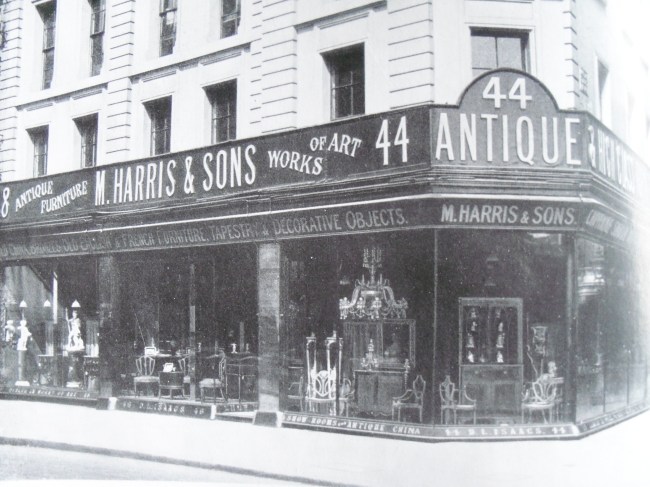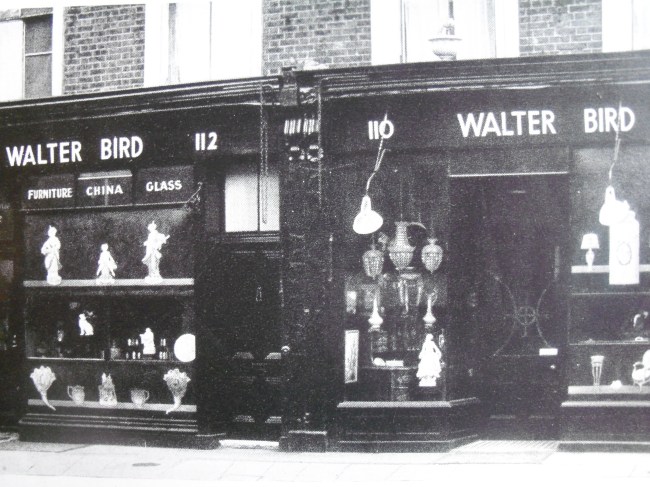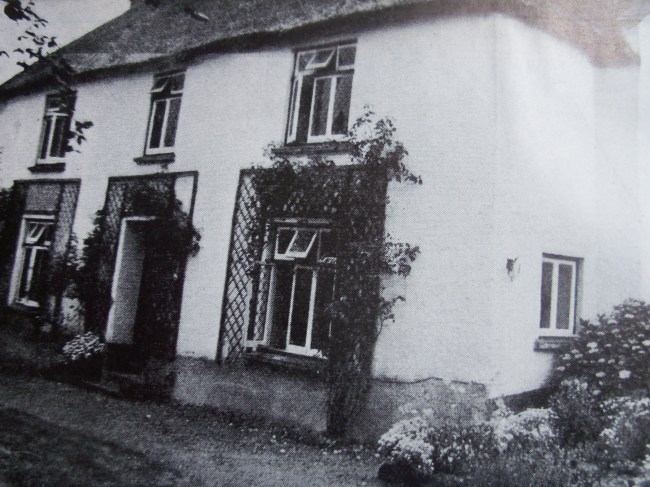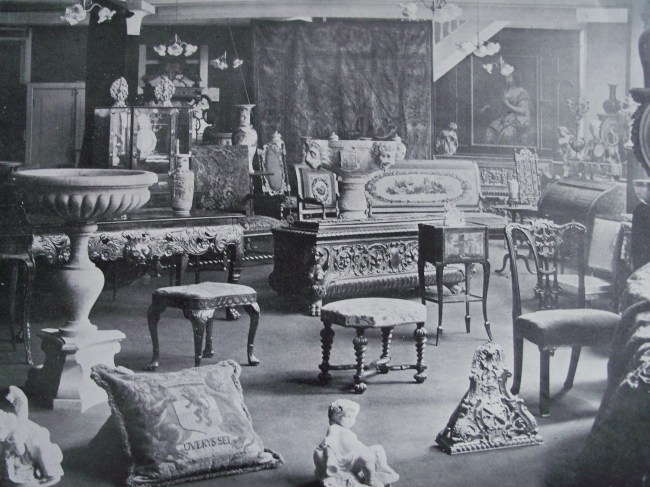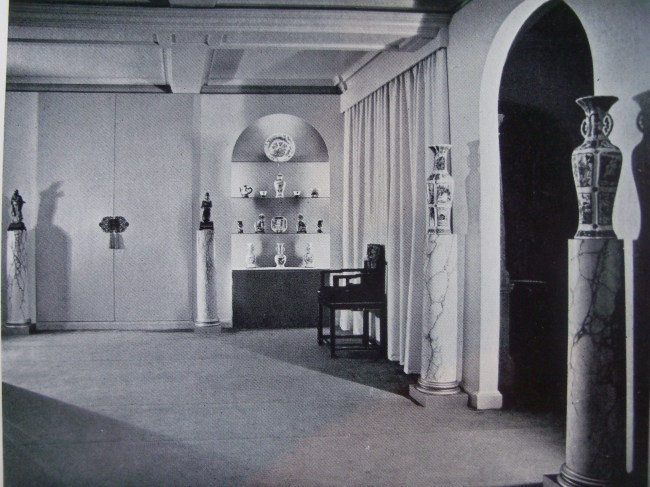In certain circles there has always been a certain degree of bad feeling towards the antiques trade-in rather the same way as lawyers and second-hand car salesmen. Needless to say this is almost always undeserved and seems to stem largely from jealousy, particularly due to the level of mark-up applied by a successful dealer selling a piece that they may have bought very cheaply for example. In this post I would like to focus on one notorious dealer who has gained a lot of adverse press coverage over the years. In this case, however, there is no doubt that the bad press is wholly proportionate.
Wilfred Bull was an Essex-based furniture dealer who made his name in the days of the antiques boom in the 70s and 80s, becoming well-known as a good trade source for the top dealers and becoming extremely rich in the process. Things changed dramatically in 1985 when he murdered his wife in his showroom and attempted to pass it off as the work of a crazed burglar. Needless to say Mr Bull ended up in prison but this wasn’t the end of his brush with infamy. Whilst in prison he attempted to sell part of his collection of rhino horn, valued at £2 million and acquired before his imprisonment, on the black market as a way of financing his life after his expected release. Despite having his sentence extended as a result of this second indiscretion, he won a landmark Court of Appeal ruling in 1998 and was thus able to sell off part of his haul.
As with any trade there will always be a few bad apples and sadly Mr Bull’s name is now known for all of the wrong reasons.
Chris Coles,
Project volunteer research assistant.

